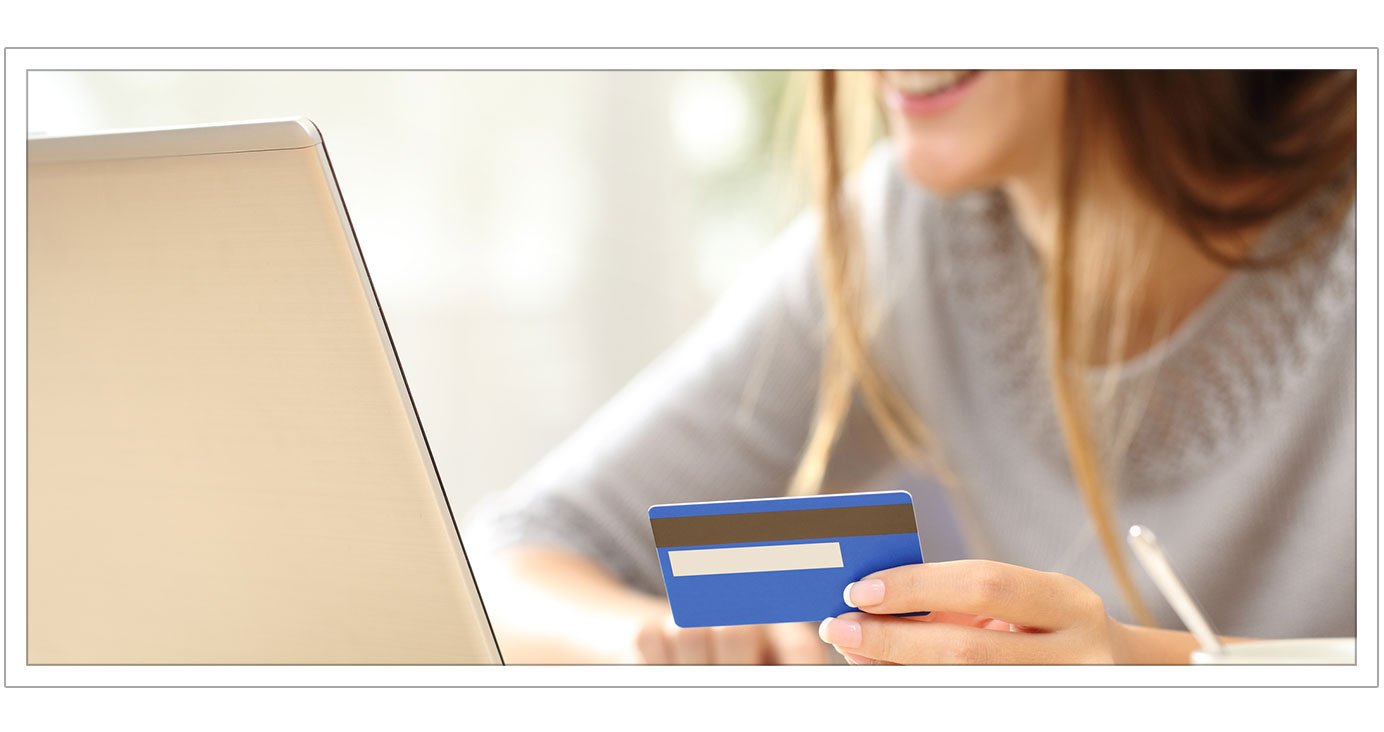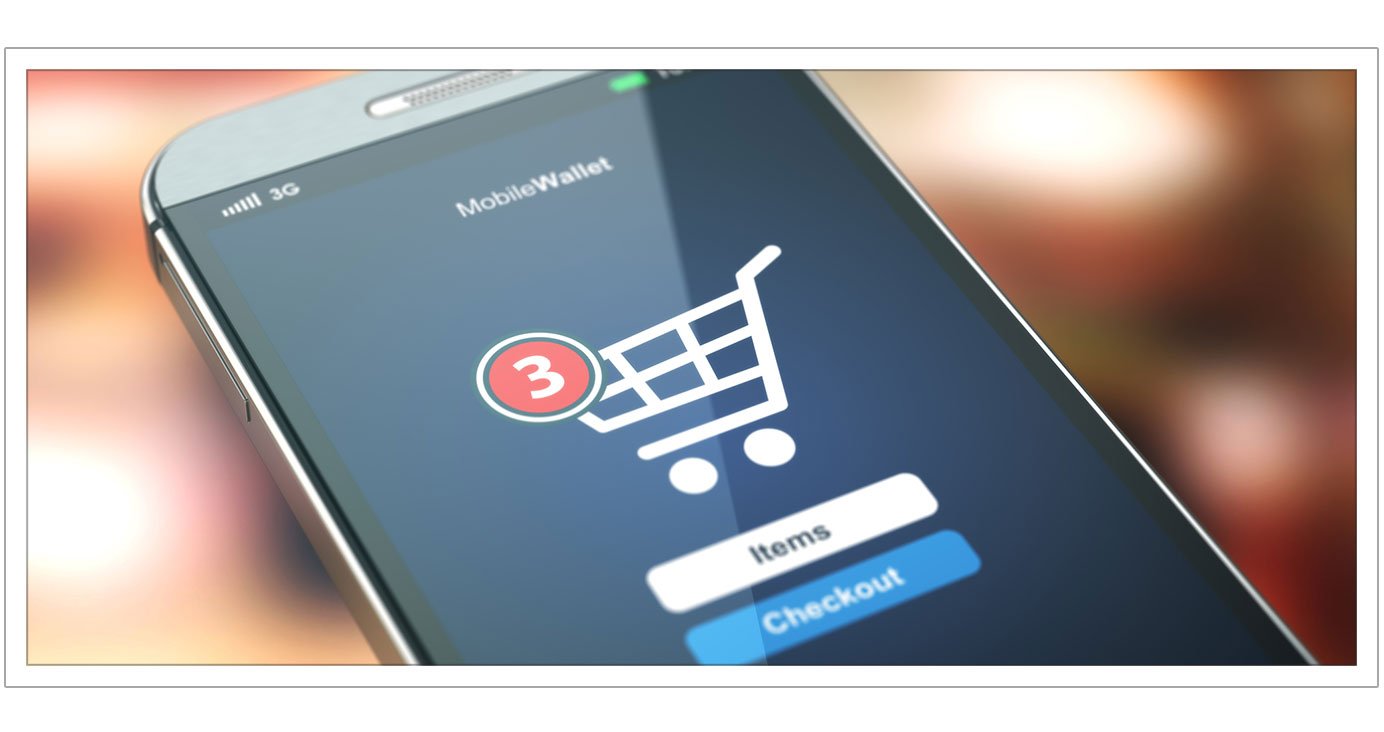One of the keys to a successful PPC campaign is knowing how your customers shop at each stage of the customer journey. Leveraging the customer journey can help you more effectively apply pay-per-click to your online marketing strategy.
The customer journey (also known as the buyer journey), follows the experience a customer has beginning with when they first find your brand, to the final stages of converting and becoming a repeat buyer. Through understanding the customer journey you can learn to connect with buyers during each stage of their buying process.
The Customer Journey and Path to Purchase
The customer journey goes hand-in-hand with the path to purchase. The path to purchase is a series of marketing channels that get customers to convert. These channels include emails, apps, search engines, brands’ websites, review channels and social networks.
I’ll be talking more in a future blog post about the path to purchase and how effective leveraging it with PPC is for your lead generation.
Understanding the 5 Phases of the Customer Journey

Although in marketing we talk about the customer journey as having stages, in reality it’s more analogous to a cycle or a flowing stream. Your customer can jump into the customer journey at any point they wish, making it a complex, non-linear journey.
Understanding your customer journey is crucial to your PPC strategy. If you don’t understand your audience, you have created a disconnect between your company and your potential customers.
Because industries vary, each business has its own unique customer journey map based on their particular customers.
But there are some general approaches that apply across the board:
- understand your customers’ needs and problems; and
- build your strategy around how you can meet their needs and solve their problems.
Below are the five phases of the customer journey, from what their needs are at each phase, to how your marketing strategy can help them find the solution to their need.
1. Awareness: The Customer has a need

The first “stage” in the customer journey is awareness. (This phase is analogous to the top of the marketing funnel’s first phase of awareness.)
Customer Problem: What do I need?
This is where customers first learn about your brand and your offerings. People are looking online to solve a problem, or get an answer to try to meet a need. Sometimes the need is vague or not yet well-defined, which is reflected in the broad, general search terms people use when they’re first searching online. They’re looking for resources, education, ideas, and opinions.
Marketing Solution: Define their need
Help them figure out what their need is, and define that need for them.
This is where they learn that your company could be the answer to their need. This is often accomplished through content and branded search ads.
With branded paid search ads, your business is seen when someone is searching using keywords that match your ad. When they see your ad, you’re now on their radar for further research and consideration.
You might also make them aware of your brand through content such as blog posts, social media, and free ebooks and whitepapers.
2. Explore: The Customer learns more about the answer to their problem

At this point the customer now knows they have a need. This is where the customer begins a more intensive research process to try to find the solution to solving their problem.
Customer Problem: How can my problem be solved?
The customer is trying to determine whether your company can meet their need. This is the research phase where customers are looking up reviews on review sites like Yelp and on social media. The customer wants to learn about the pros and cons of how to meet their need. They’re researching whether your offerings can solve their problem.
Marketing Solution: Build a Relationship with Facebook Lead Ads
This is where you engage with prospective customers by nurturing leads, beginning a relationship, and building trust between the audience and your brand.
Facebook lead ads can be a powerful way of addressing your customer’s problem at this phase. They know they have a problem that they want a solution to, but they’re not yet ready to buy. Lead ads are a simple, yet powerful tool to build an initial connection.
3. Comparison: The Customer shops around for the best value and best fit
So now the customer knows they have a problem, they’ve learned various options for solving it, and they want to see what their options are.
Customer Need: What’s the best solution for me to solve my problem?
The customer is now informed about the price points, the marketing, and the various brands. You’ve made her aware of your brand with search ads and content, and offered more information with lead ads. She understands the benefits; now she’s ready to learn about the features.
Marketing Strategy: Retarget with PPC Ads
This is a phase where PPC remarketing ads can shine. The customer may have learned about you already through a display ad, lead ad, or by visiting your website.
Once she’s engaged with your brand by clicking on your ad or checking out your site, you can “cookie” her. This keeps your brand in front of her by showing her ads for your company. I’ve written before about PPC remarketing ads and how they can be personalized to speak to your customers’ interests.
4. Conversion: The customer buys

Customer Need: How do I buy?
The customer has realized they have a need, done research, and narrowed down their options. They’re now ready to buy. Your solid marketing approach answered their need, solved their problem and showed them the benefits and features of your offering, which has led them to make the final decision.
Marketing Strategy: Strong Calls-to-Action
This is where you’ll reap the rewards for your strategic Facebook lead ads and PPC remarketing efforts. You’ve followed up with your lead ads and kept your brand in front of them with your remarketing ads, so prospects know you’re a great option.
With a solid CTA on your ads and website encouraging them to buy, the customer is given the final push toward conversion. Sold. The prospect has turned into a customer.
End of the customer journey, right? Not yet, because there’s one final, and important, stage.
5. Reengagement: The customer becomes a repeat buyer
The customer has become a first-time converter. The next step is to buy from you again, becoming a loyal customer.
Customer need: I need to buy this product or service again.
Since you’ve already established trust with your customer and built a relationship with your brand, it’s easier for them to decide to buy additional products or services from you. Retaining current customers can be goldmine for your brand.
Marketing strategy: Remarketing PPC Ads
You want to make it easy for them to buy from you again, and your brand hard to forget. As with the Conversion phase, this is where PPC remarketing ads can bring big gains again.
Once a customer has converted, they can be segmented into a new audience list that allows you to remarket them with ads showcasing other products or services.
Understanding how to speak to your customers through each stage of their shopping journey can help you create a more informed pay-per-click game plan. The more you understand the customer journey, the better you’ll become at tailoring a PPC strategy that gets results.
What are your thoughts about the customer journey?
Related Posts
- The Ultimate Guide on Creating a Facebook Ads Strategy in 2023
- Facebook Ads Best Practices In 2023
- How To Create an Effective Landing Page for Facebook Ads
- How To Optimize Facebook Ads for The Highest ROI
- Facebook Ads for Small Businesses: The Most Bang For Your Buck
- Facebook Ads vs Boosted Posts: Which Is Better For You?
- What Is The Difference Between PPC and SEM?
- The Facebook-Ad Checklist to Review Before Launching Any Campaign
- Are Facebook Ads Worth it? Pros and Cons of Facebook Ads
- PC Audit Handbook: How to Analyze Your PPC Campaigns
- The Best PPC Tools of 2022, As Told by PPC Experts
- What is a Good ROAS for Facebook Ads?
- How to Write FaceBook Ad Copy That Sells
- Beginner’s Guide to UTM Tags & Tracking
- Generate Leads with Facebook Lead Ads
- Cost-per-click vs. cost-per-acquisition: Are you tracking the right PPC metrics?
- Facebook Business Manager Overview
- Increase ROAS with Facebook Lookalike Audiences
- Why You Should Use Campaign Budget Optimization
- Is the Conversion or Traffic Objective Right for Your Campaign?
- How Does Pay Per Click Work?
Previous Video
Previous VideoWhen is your Business Ready for PPC?



